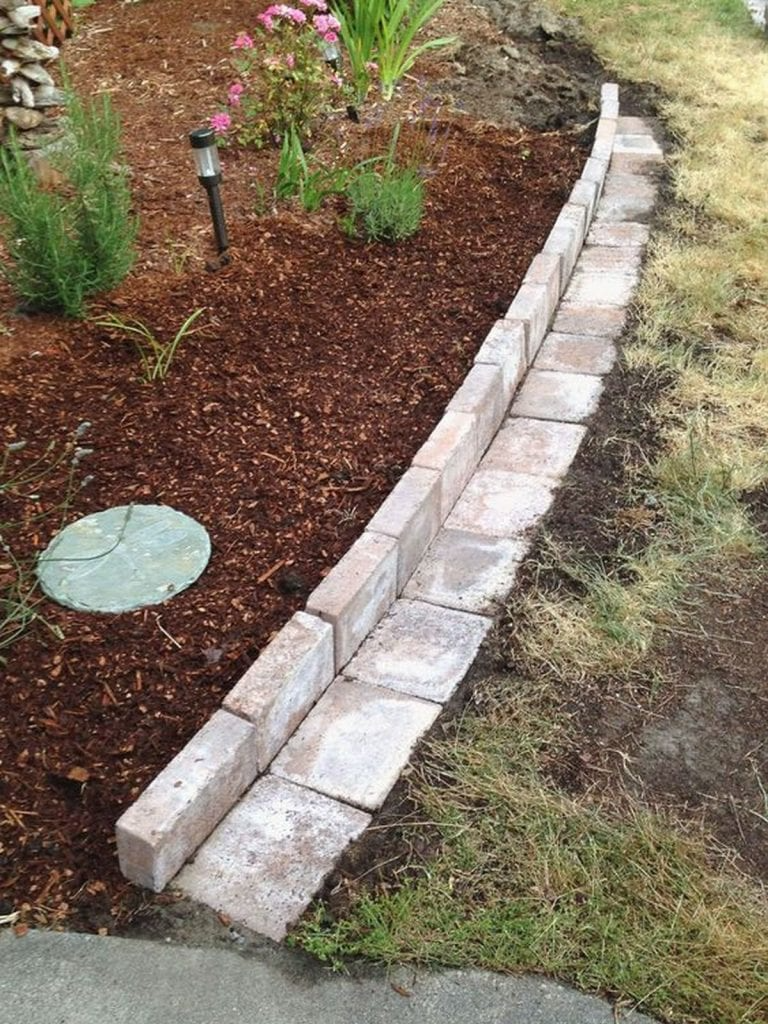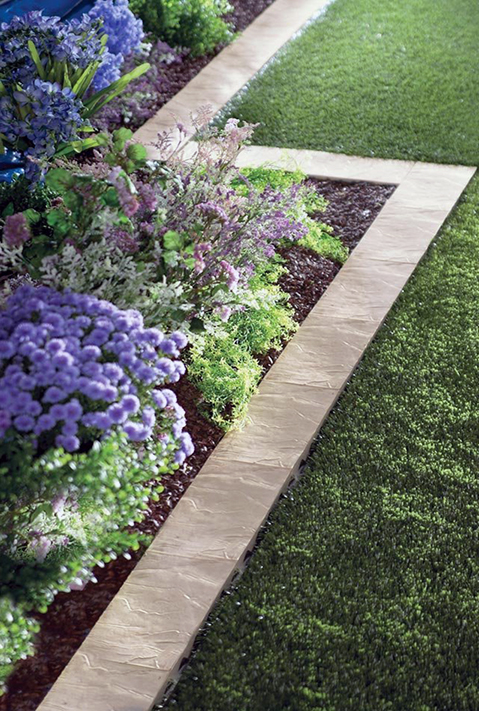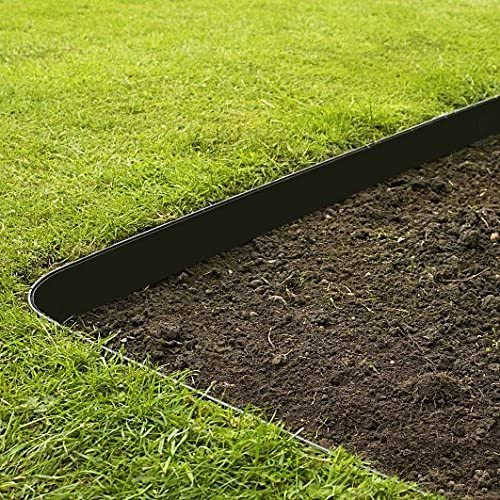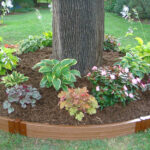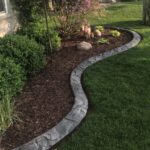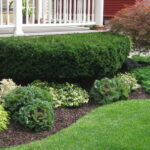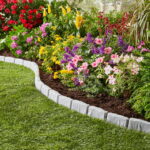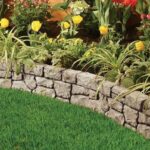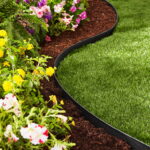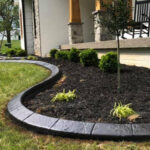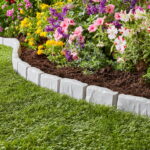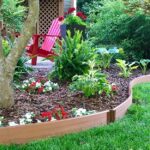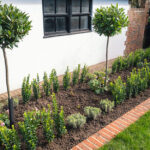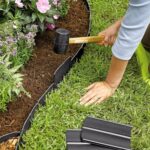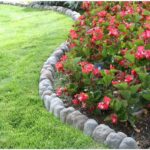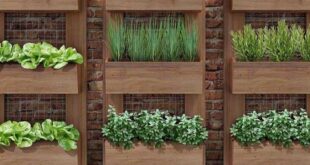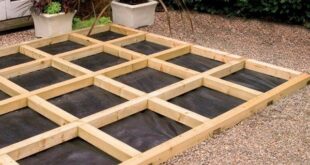Landscaping edging is an essential component of any well-designed outdoor space. It serves both practical and aesthetic purposes, providing a clear boundary between different areas of your garden while also enhancing the overall look of your landscaping. From creating crisp borders around flower beds and pathways to preventing mulch or gravel from spilling onto your lawn, edging plays a crucial role in maintaining a neat and organized garden.
There are several types of landscaping edging materials to choose from, each offering its own unique advantages and aesthetic appeal. Common options include metal, plastic, stone, brick, and wood edging. Metal and plastic edging are durable, easy to install, and come in a variety of shapes and sizes. Stone and brick edging provide a more natural, rustic look and can be arranged in creative patterns to add visual interest to your landscaping. Wood edging, while less durable than other materials, offers a warm, organic feel that complements gardens with a more casual, cottage-style aesthetic.
When selecting landscaping edging for your outdoor space, it’s important to consider the overall design and style of your garden. Edging that complements the architecture of your home and the surrounding landscape will create a cohesive look that enhances the beauty of your outdoor space. Additionally, taking into account factors such as maintenance requirements, cost, and ease of installation can help you choose the best edging material for your specific needs.
Proper installation of landscaping edging is crucial to ensuring its longevity and effectiveness. Before installing the edging, it’s important to prepare the area by removing any existing vegetation, leveling the ground, and marking the desired border with spray paint or string. Edging should be installed at a depth that allows it to protrude slightly above the ground to prevent mulch or gravel from escaping. Secure the edging in place with stakes or anchor pins to keep it stable and prevent shifting over time.
In addition to its practical benefits, landscaping edging can also enhance the aesthetic appeal of your garden by creating clean lines and defining different areas within your outdoor space. Whether you opt for a simple, understated edge or a more elaborate design with decorative patterns, edging can add a touch of elegance and sophistication to your landscaping. By incorporating edging into your garden design, you can create a polished, well-maintained look that will make your outdoor space a welcoming and inviting place for relaxation and enjoyment.
 yishifashion Where Outdoor Dreams Become Reality
yishifashion Where Outdoor Dreams Become Reality
